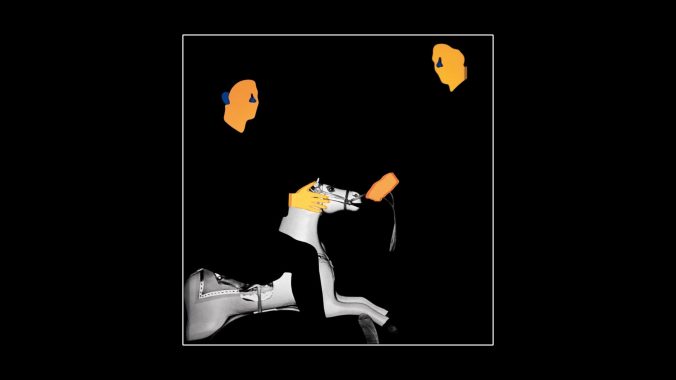MGMT Revel in the Vibrancy of Their Influences on Loss of Life
Andrew VanWyngarden and Ben Goldwasser’s fifth album is their most mature and reflective take on washed-out psych-rock yet—arriving easy, loose and immersive.

Who is MGMT? It’s a question that even band members—Andrew VanWyngarden and Ben Goldwasser—pose on their social media handles and website domain. Although the duo penned some of the biggest indie hits of the 21st century, released platinum albums and starred in their own music videos with hundreds of millions of views, the personalities behind MGMT have never overpowered their output. VanWyngarden and Goldwasser have remained anonymous. MGMT can still ask the question “Who are we?” and it doesn’t lend itself to the easy answer it would have for one of their contemporaries, like Tame Impala or Vampire Weekend.
Their lack of a frontman persona is likely why, despite the massive popularity of their music, MGMT have never elevated to quite the same headliner status of their contemporaries—at least not in the last 15 years. But it’s also given them the grounds to shapeshift, experiment, and transform. Since 2007’s blockbuster Oracular Spectacular, they’ve gone from pop-rock partiers to sprawling prog-rock, to synth-pop doomsayers. MGMT can never be pinned down. After 2018’s sharp and cold Little Dark Age, MGMT returns with their fifth album, Loss of Life. The duo have always flirted with washed-out psychedelic rock; their vibe-oriented music has probably soundtracked thousands of college kids’ third-ever bong rips in the nearly 20 years after Oracular Spectacular. But Loss of Life is their most mature and reflective take on the genre yet—arriving easy, loose and immersive.
MGMT have always proudly displayed their influences. They’ve covered Pink Floyd deep cuts on Jimmy Fallon, named a song “Brian Eno” and curated a set for LateNightTales full of ‘60s and ‘70s psychedelia. On Loss of Life, the band spirals through their various reference points with abandon. Reflections of the Flaming Lips, David Bowie and Animal Collective all swirl throughout the album’s guitar tones and synth arpeggios. Lead single “Mother Nature” features a bridge that recalls Oasis. In an interview with Rolling Stone, VanWyngarden says “I never would’ve thought that would be coming into an MGMT album, but here we are… For 10 seconds on this album it sounds like Oasis, and the rest of the album there’s no Oasis.” The guitar tones of the Gallaghers don’t appear again, but they glimmer in their moment of spotlight, like all the other bites of pastiche, inspirations and lyrics throughout the album.
-

-

-

-

-

-

-

-

-

-

-

-

-

-

-

-

-

-

-

-

-

-

-

-

-

-

-

-

-

-

-

-

-

-

-

-

-

-

-

-








































